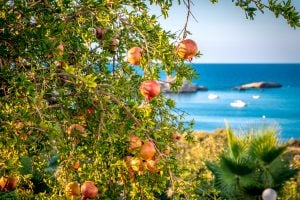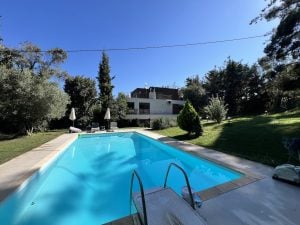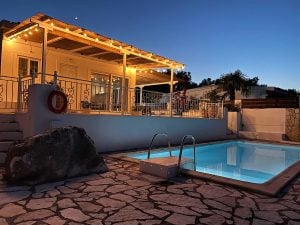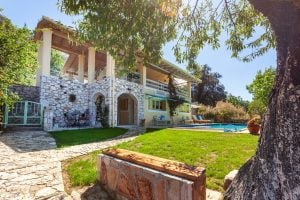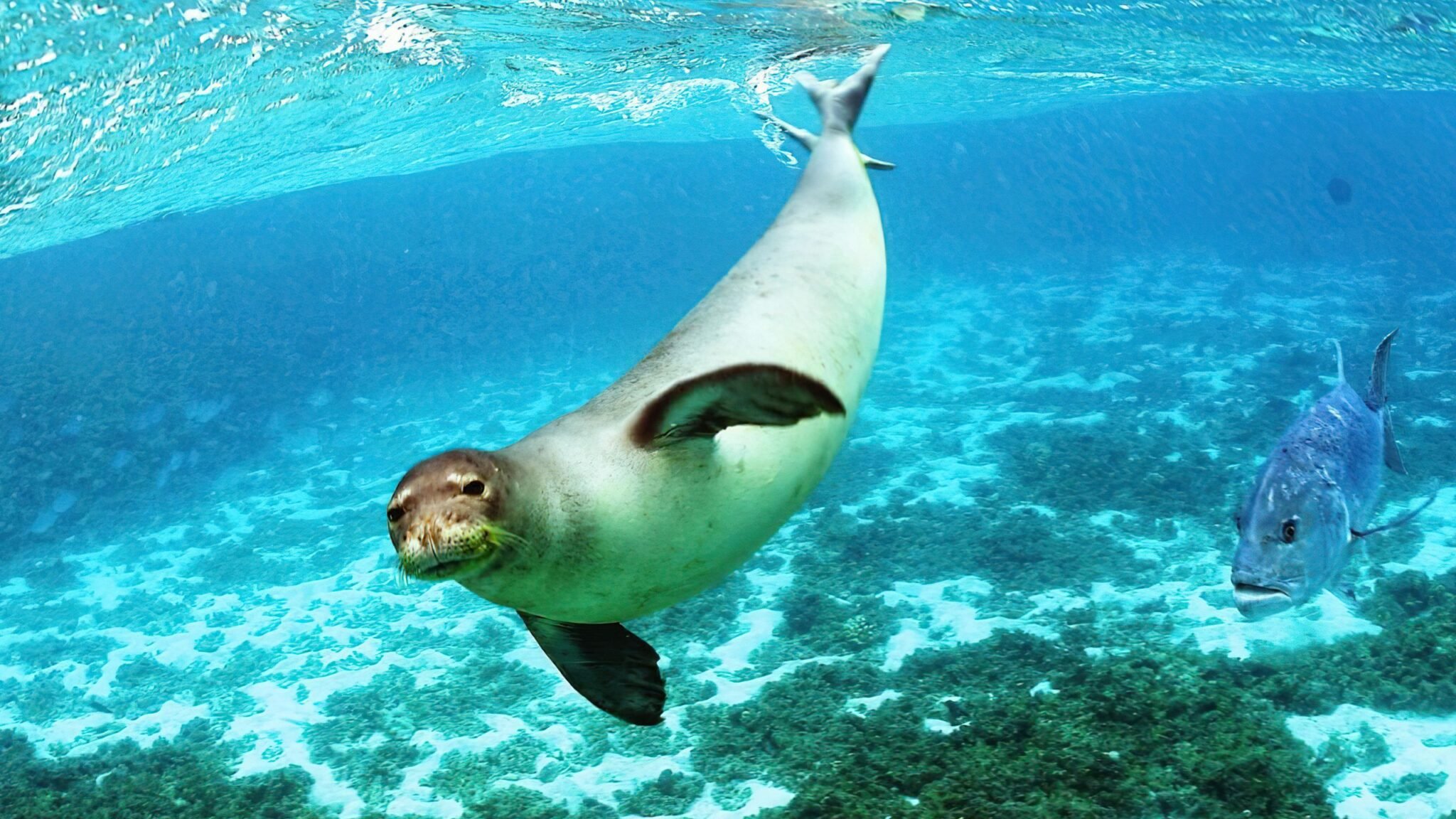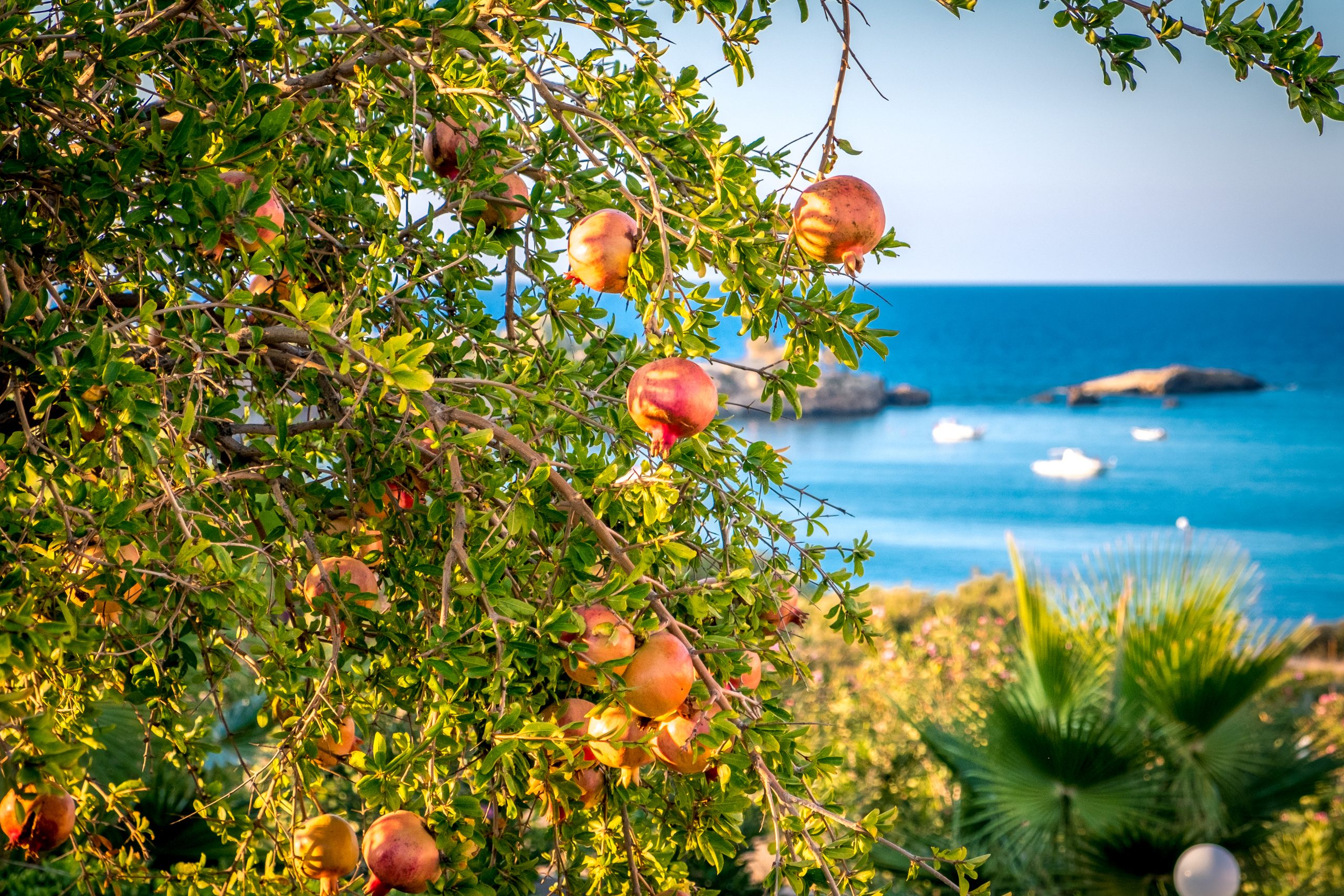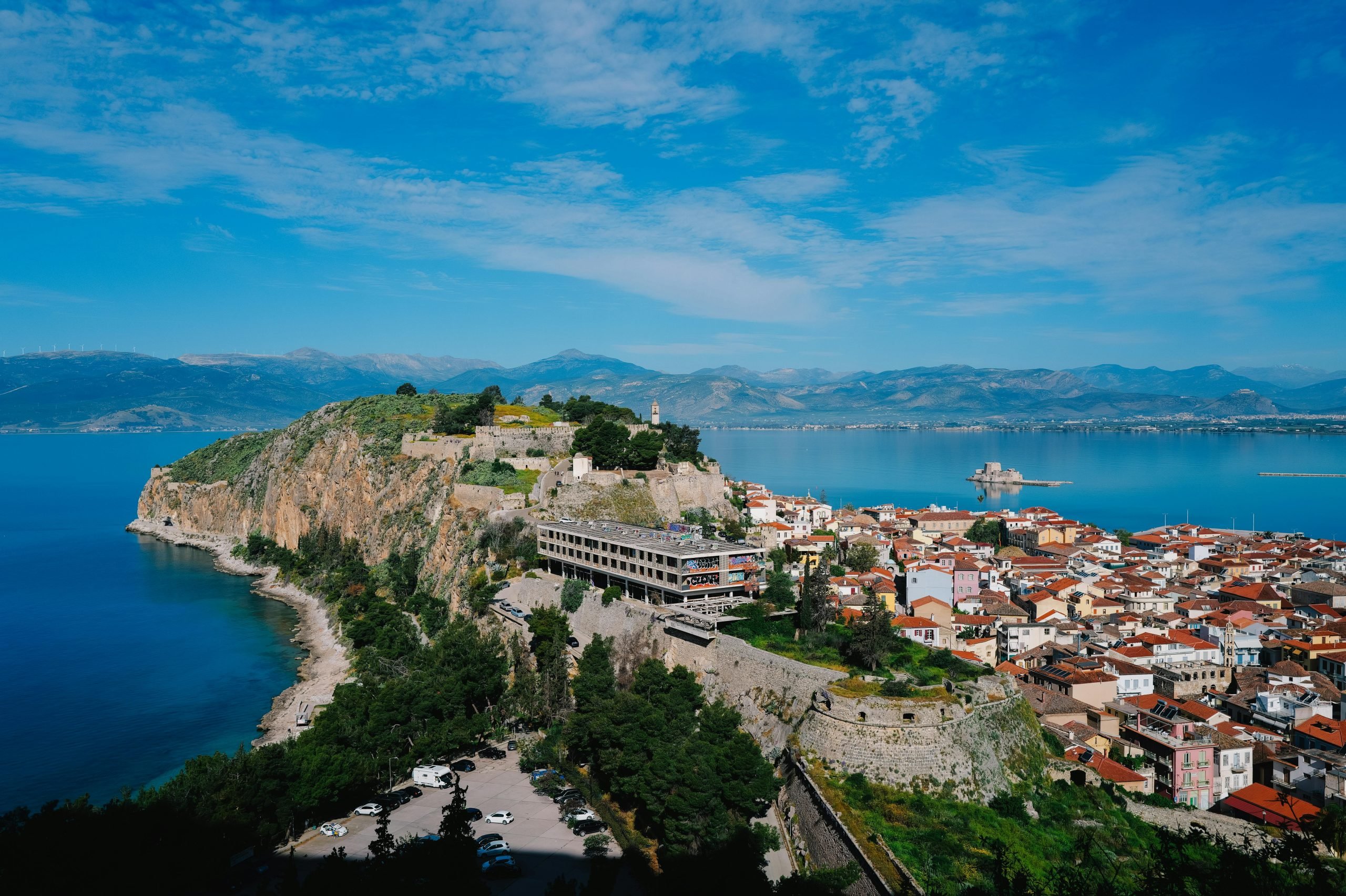The islands of the Ionian are found in the Ionian Sea in the western area of Greece. They include Corfu, Paxos, Lefkas, Ithaca, Cephalonia, Zakynthos, and Kythira. These are the biggest islands in the Ionian chain, but there are also smaller islands like Antikythira, Antipaxi, Ereikousa, Mathraki, Othonoi, Meganisi and Strofades. These destinations are known for their temperate climate, beautiful beaches, and historical sights.

Historical Significance of the Ionian Islands
Historically, the Ionian islands are the only part of the Hellenic world that did not fall to the Ottomans after 1453, when Constantinople and the Byzantine Empire fell. There is nowhere else like it in Greece from a social and architectural standpoint.
Starting in the 13th century onwards, the Ionian Islands gradually became part of the Venetian state. There were many political disturbances in the region at the time, including threats from the Normans, among others. The Ionian Islands passed gradually to the Venetians and would stay under the Venetian control for more than 6 centuries.
After Byzantium fell, the Ottomans tried to expand to the west, and controlled the Balkans. They tried again and again to capture the Ionian islands, because of their strategic location. However, the Venetians fortified the cities of the Ionian with strong defences, and for good reason. They wanted to stop the expansion west. If the Ottomans had taken the Ionian islands, it is possible that they would keep moving west to dominate Italy, Venice and maybe the rest of Western Europe.

During this time, the islands of the Ionian followed the trends of the Italian Renaissance, following Western European trends of society, education, art, and architecture. They didn’t resemble at all the rest of mainland Greece or the islands of the Aegean (Cyclades, Dodecannese, etc). Corfu, for instance, has remarkably different architecture from the rest of Greece for this reason. It is the only place you can see these changes because an earthquake in 1953 destroyed almost completely the cities in the rest of the Ionian islands.

Greece Before Greece
Since the 13th century, the Ionian Islands slowly became a part of the “Serenissima” Republic, and followed Western European developments in every sphere – politics, economics, social life, and their culture. In combining Byzantine traditions with Italian Renaissance spirit, they crafted a unique Ionian/Heptanesian culture that was unique for the Greek world at the time. However, at the same time they kept the Greek national spirit and Orthodox dogma alive.
In the 19th century, the Ionian Islands were in their prime, and founded the first autonomous Greek state of the modern period, which was called the Septinsular Republic (1800). In 1815, it became the United States of the Ionian Islands (Ionian State) and became a state entity in Europe. For this reason, the Ionian Islands formed a “Greece before Greece” because the rest of Greece was only liberated from the Ottomans in 1830. In 1864, following the Treaty of London, the Ionian State was united with Greece.

Historic Corfu Town
When you visit Corfu town, among many interesting buildings, it’s worth seeing the Ionian Parliament, where the vote was made to unify the Ionian islands with the rest of Greece. The building is built in Neoclassical style and is close to the Town Hall of Corfu town and Spianada Square.
Primarily the extremely important fortifications (advanced for the military architecture of the time), but also the historic buildings, palaces, and churches in the historical center of Corfu Town, are the reason why Corfu Town has UNESCO Heritage distinction.

Easter in Corfu Town
Corfu Town is one of the best places to celebrate Easter in Greece. On Good Saturday, the celebrations start at 6:00 in the morning in a unique ritual that is not seen anywhere else in Greece. An artificial earthquake takes place that represents the earthquake of the Resurrection.
On Saturday, the relics of Saint Spyridon, the protector of the island, are taken around the town along with the Epitaph. This is to commemorate Saint Spyridon saving the island from famine. All rituals in Corfu have strong Byzantine roots, surviving until today through Venice.

At 11:00 in the morning on Saturday is the so-called “first Easter”, where all the locals and visitors gather in the central square to throw large clay pitchers called “botides” filled with water from their balconies. All the church bells ring as the pots fall. The roots of this tradition come from the Venetians, who broke old pitchers on New Year’s Eve to bring good fortune in the new year. Today, even pieces of the broken pitchers are taken home for good luck.
On Saturday evening at 10:00 is the Catholic Easter mass. At 11:00 starts the Orthodox service of the Resurrection. The climax of the evening is at midnight, the time of Resurrection. After the service, locals and visitors eat a special soup called “tsilichourda” and local wine. Unlike the rest of Greece, where roasting lamb is popular, it is more common in On Easter Sunday in Corfu to eat egg and lemon soup (avgolemono).

Saint Spyridon in Corfu
In Corfu, Saint Spyridon is known as “The Saint”. He was Cypriot and never lived in Corfu, but his body was transferred here in 1453 for safety when Constantinople fell. He is so loved in Corfu that 4 processions take place every year to honor the miracles that he did for the Corfu locals.
The biggest celebration is on August 11th, to celebrate when Saint Spyridon saved Corfu from the Turkish siege in 1716. According to the miracle, when the Turks were getting ready to attack, they saw the Saint coming out of his temple surrounded by angels, threatening them with a torch. The Turks all fled suddenly and not a single Corfiot died.
Saint Spyridon is also celebrated with a procession inside the church on Saint Spyridon Day, December 12th. The whole island joins the festivities. He is also celebrated on Palm Sunday, when locals commemorate him for saving Corfu from the plague in 1629. On the first Sunday of November, the Saint is again celebrated by another procession, this time for protecting the island from the plague in 1673.

Historical Sights in the Ionian Islands
Historical Sights in the Ionian Islands include the Old Town of Corfu (a UNESCO site), Spianada Square, Agios Spyridonas Church, and the famous Pontikonisi. The Achilleion Palace and Panagia Palaiokastritsa Monastery are also worth visiting if you leave Corfu town.
On Paxi, you can see the Venetian Agios Nikolaos Fortress and go to the Paxos Music Festival in September. On Lefkada, you can see the Santa Maura Venetian Castle and the historic Public Library.
On Kefalonia, the most popular historical sights are Saint George’s Castle, Assos Fortress, and Saint Theodore’s Lighthouse.
On Zakynthos, it is worth seeing Agios Dionysios Church and the Milaneio Maritime Museum. On Kythira, you will want to stop at the 13th century Venetian Castle, the Archaeological Museum, and the Myrtidiotissa Monastery.

Why is it called Corfu?
Korkyra or Kerkyra was the name in the Antiquity. In the Medieval and Byzantine era (since the 7th century), the island name was changed to Korypho. The name “Koryphó” (Κορυφώ) “peak”, refers to the peaks of the fortified Byzantine acropolis (today the Old Fortress).
This same name is found in all texts from Medieval and Byzantine times. Luitprand, Bishop of norther Italy in Cremona once returned to Italy from his embassy to Constantinople and he stopped at Corfu, which he called by the name Coriphvs (=Κορυφούς=Κορυφώ=English Corfu). This suggests that the name was already in use in the year 968 and characterized the whole island. The same name in the West prevailed as “Corfu” and it spread internationally.

Visiting the Ionian Islands
Some of Greece’s most famous beaches like Porto Katsiki on Lekada, Navagio Beach on Zakynthos Island and Myrtos Beach on Kefalonia Island are a must-visit for first-time travelers in Greece. The turquoise waters are ideal for water sports like windsurfing, diving, and kitesurfing. Vasiliki, Agios Giannis, and Lefkada Island are the best locations for water sports. For lovers of nature, it is possible to hike during the spring and fall in the Ionian islands, and in the water you can see the Caretta Caretta and Monachus Monachus monk seal, if you are lucky.

Sources:
Stamatios T. Chondrogiannis, Byzantium in the World. Artistic, Cultural and Ideological Legacy from the 19th to the 21st Century
The Antivouniotissa Museum. Corfu, Thessaloniki 2010, Thessaloniki 2017



